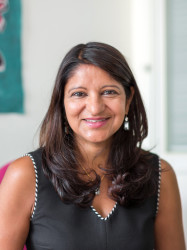BibTex format
@article{Skirrow:2024:10.1016/j.vaccine.2023.11.063,
author = {Skirrow, H and Foley, K and Bedford, H and Lewis, C and Whittaker, E and Costelloe, C and Saxena, S},
doi = {10.1016/j.vaccine.2023.11.063},
journal = {Vaccine},
pages = {322--331},
title = {Impact of pregnancy vaccine uptake and socio-demographic determinants on subsequent childhood Measles, Mumps and Rubella vaccine uptake: a UK birth cohort study},
url = {http://dx.doi.org/10.1016/j.vaccine.2023.11.063},
volume = {42},
year = {2024}
}

